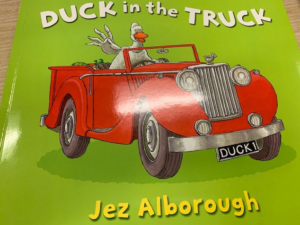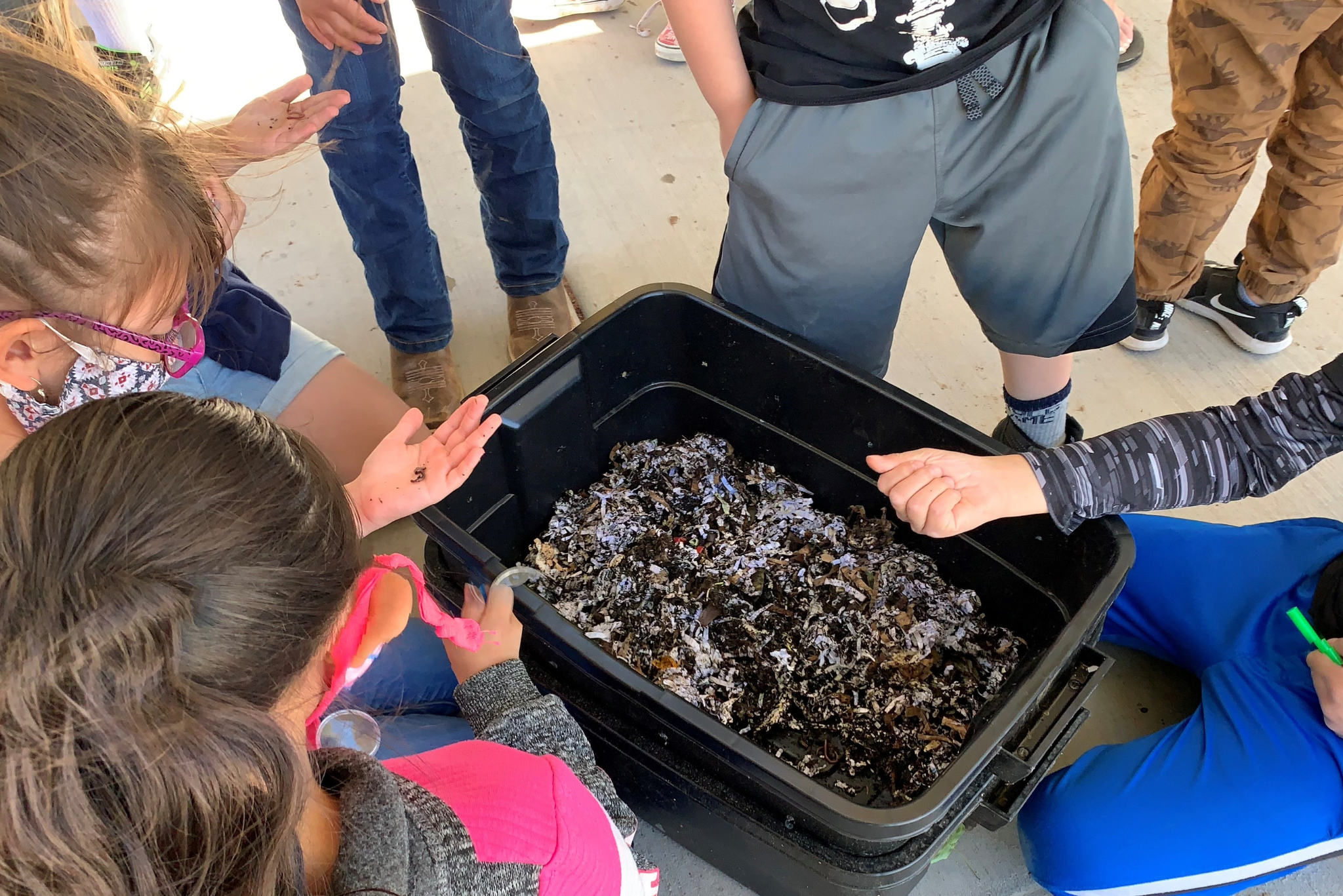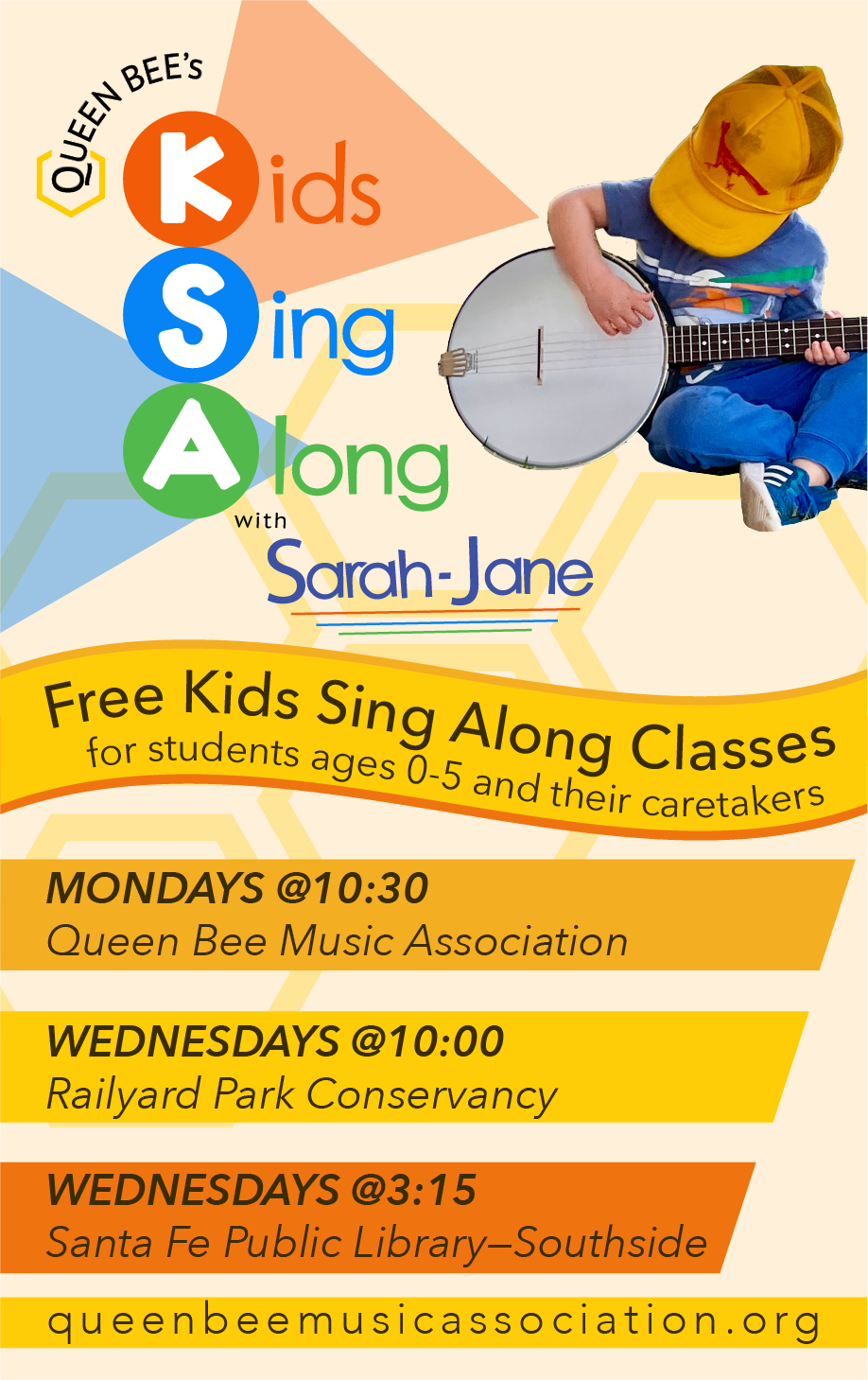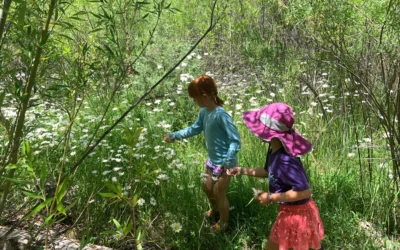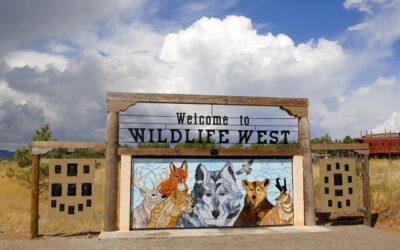“The mind that opens to a new idea never returns to its original size.”
—Albert Einstein
Learning opportunities surround us everywhere — all we have to do is to go outside and look for them. These opportunities are amazing and free for the taking, and give new meaning to fun.
There are many excuses to avoid going outside: “It’s too hot,” “It’s boring,” “There’s nothing to do.” For kids, the easy alternative is to spend time in front of screens and snack. The statistics for screen time are alarming: The average is six hours daily for ages 8-10 and nine hours for ages 11-14, while the recommended screen time for both groups is no more than two hours per day, excluding homework.
Reversing this trend takes effort, but the outcomes are well worth it. Children and adults who spend time outdoors on a regular basis end up loving and seeing it as enjoyable and inviting. The learning benefits abound. In addition to providing physical activity, it builds vocabulary and language simultaneously — a home run in anyone’s book. Setting the stage for listening and speaking skills is continuous when kids are looking for fascinating animals and plants, finding “happy things” and explaining why, tossing bean bags into containers or holes, skipping to specific points, and playing balloon volleyball, hide and seek, or tag. Few materials are required.
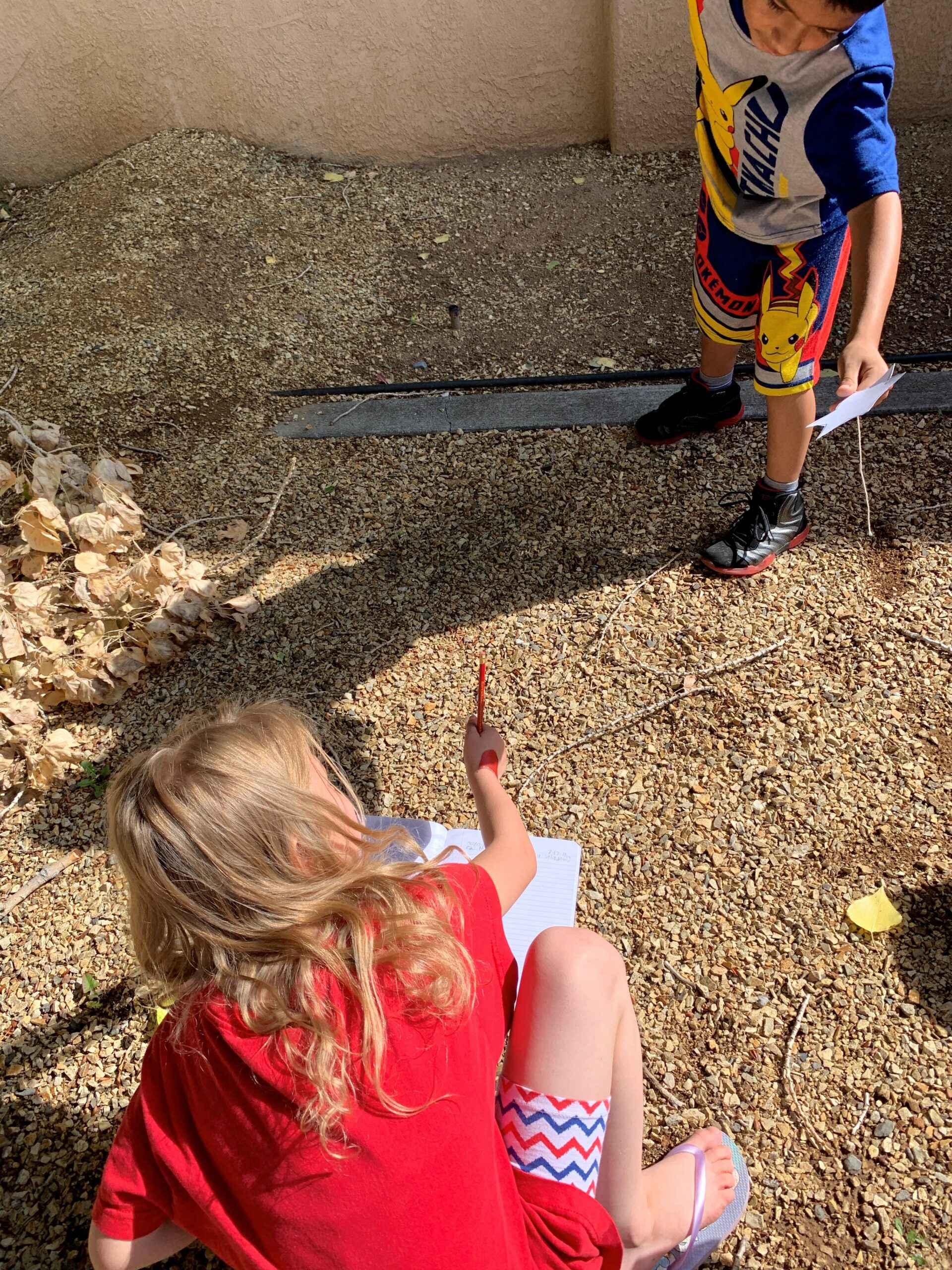
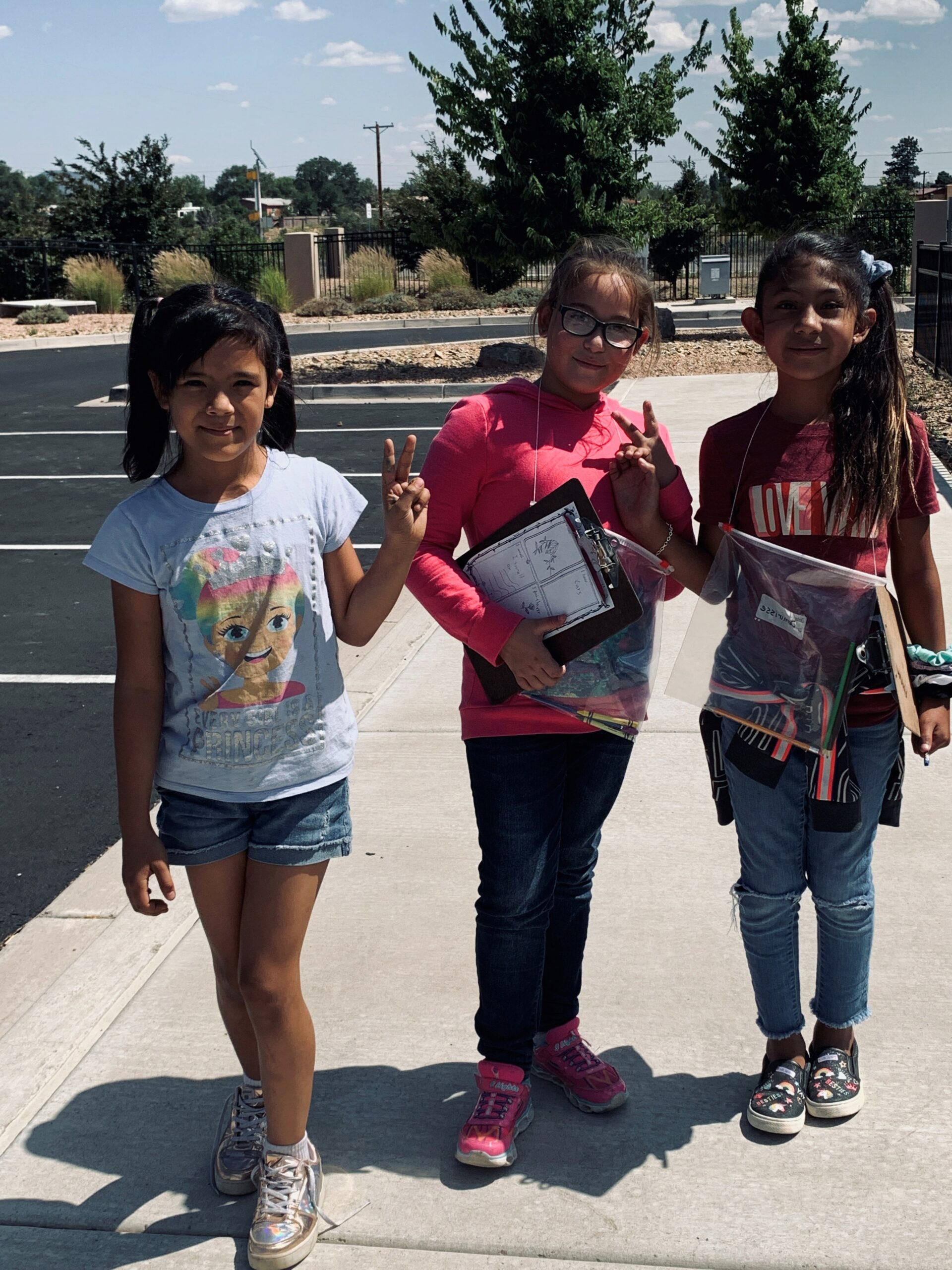
Making and measuring shadows is an excellent activity, too. Ann Tompert’s Nothing Sticks like a Shadow or my “Modeling Light and Shadows,” take that play to another level.
Outdoor learning also liberates kids to think more creatively and triggers their imagination as they act out characters in books and poems and sing songs — Mr. R’s World of Science site, sciencepoems.net is a great resource
So, how can we get kids to spend more time outdoors? The answer is exceedingly simple. First recognize that the outdoors — patios, driveways, sidewalks, and backyards — are natural learning laboratories for making connections while heightening the five senses by smelling flowers, viewing colored landscapes, hearing angry cawing crows, and, if we are lucky, eating fruit from trees.
Add to these natural settings dirt, water, hand tools, aluminum foil, twigs, and stones to put kids in the business of building makeshift rivers, dams, and hills. Excitement grows as kids use materials in new engineering ways. Kids discover the power of water when they pour it over and around their constructions, seeing it move sediment, small pebbles, and twigs. Through trial-and-error investigations, they see patterns when water is poured slowly or more quickly and the run-offs are different. ids can use what they learned and apply it to other areas in their backyards or neighborhoods. They ask questions about the contour of the land: Is it flat? Rocky? Uneven? What happens when it rains, gently or heavily? Under what conditions will water carry more sediment (erosion) to move it (deposition) to new locations? What happens next? Initiating dirt, pebble, and water talks with kids takes their thinking to higher levels as they continue to test their ideas and change the variables (e.g., same amount of dirt and water under different pouring conditions).
Kids love water. Give them a bucket and a few toys and watch them drop items into the water to see which ones sink or float. This is a good time to use the words hypothesis and evaporation. For more activities involving water, see the “Water Family Activities” booklet at savewatersantafe.com/family-water-activities.
Let’s go a step beyond the construction of mounds and consider how gentle and steep slopes are portrayed on topographic maps. To make the concept of contour lines less abstract, have kids use pieces of yarn and place them around the mounds that they constructed. Starting at the bottom, ask them what should be the distance between the pieces of yarn for steep-sided hills and those with flatter sides? Watch them and listen to what they say, as they use the yarn on their structures and describe what they are doing — what a great visual. The lines are closer together for steeper slopes and farther apart for gentle slopes. Use a topographic map to reinforce this idea and encourage discussion. Ultimate Mapping Guide for Kids by Justin Miles takes readers on a fascinating cartographic journey that promises to get them outside. For more activities, see Barbara Taylor’s Maps and Mapping, or take a road trip to the Grand Canyon with Carolyn L. Ahern’s Tino the Tortoise, complete with a map, looking for the Kaibab squirrel.
Kids are curious and make great nature detectives. Spying things such as shapes, patterns, and colorful rocks incentivize them to explore further and makes learning enjoyable as they hike or ride their bikes on scavenger hunts looking for safe natural treasurers for their art and writing projects.
When a snack break or a picnic lunch is in order, it’s a perfect time to talk about where our food comes from. Chris Butterworth’s How Did That Get in My Lunch Box? is a great place to begin talking about healthy and unhealthy foods. But leave some time for bird and cloud watching as well.
On beautiful sunny days or even stormy ones, looking up treats us all to fluffy white cotton balls of various shapes and sizes (cumulus clouds) or thin and continuous cloud sheets (stratus) that contribute to vivid sunsets or multicolored rainbows. Both are entertaining to view, and again no materials are needed. Consider accompanying these outdoor activities with Shapes in the Sky by Josepha Sherman, All about Weather by Huda Harajli, May I Come In? by Marsha Diane-Arnold, Raindrops to Rainbow by John Micklos, Jr., or Singing in the Rain by Tim Hopgood.
The outdoors can be magical, igniting the artist and inventor in all of us. It takes bringing together inexpensive items for kids to use — be they paper, cardboard, recycle trays, textured and found objects, different colored paints (water, finger) and crayons, beads, varied shaped dried pasta, and natural materials for making jewelry and musical instruments, pipe cleaners for models of constellations, hats and scarves for dress up and acting out, and toothpicks and miniature marshmallows for constructing three-dimensional figures — and kids will do the rest. Their animal drawings, inspirational messages and original songs, funky designs, and factual and fiction stories are the result of mindful play that embodies a full range of social, intellectual, and creative engagement, putting the fun and purpose back into learning.

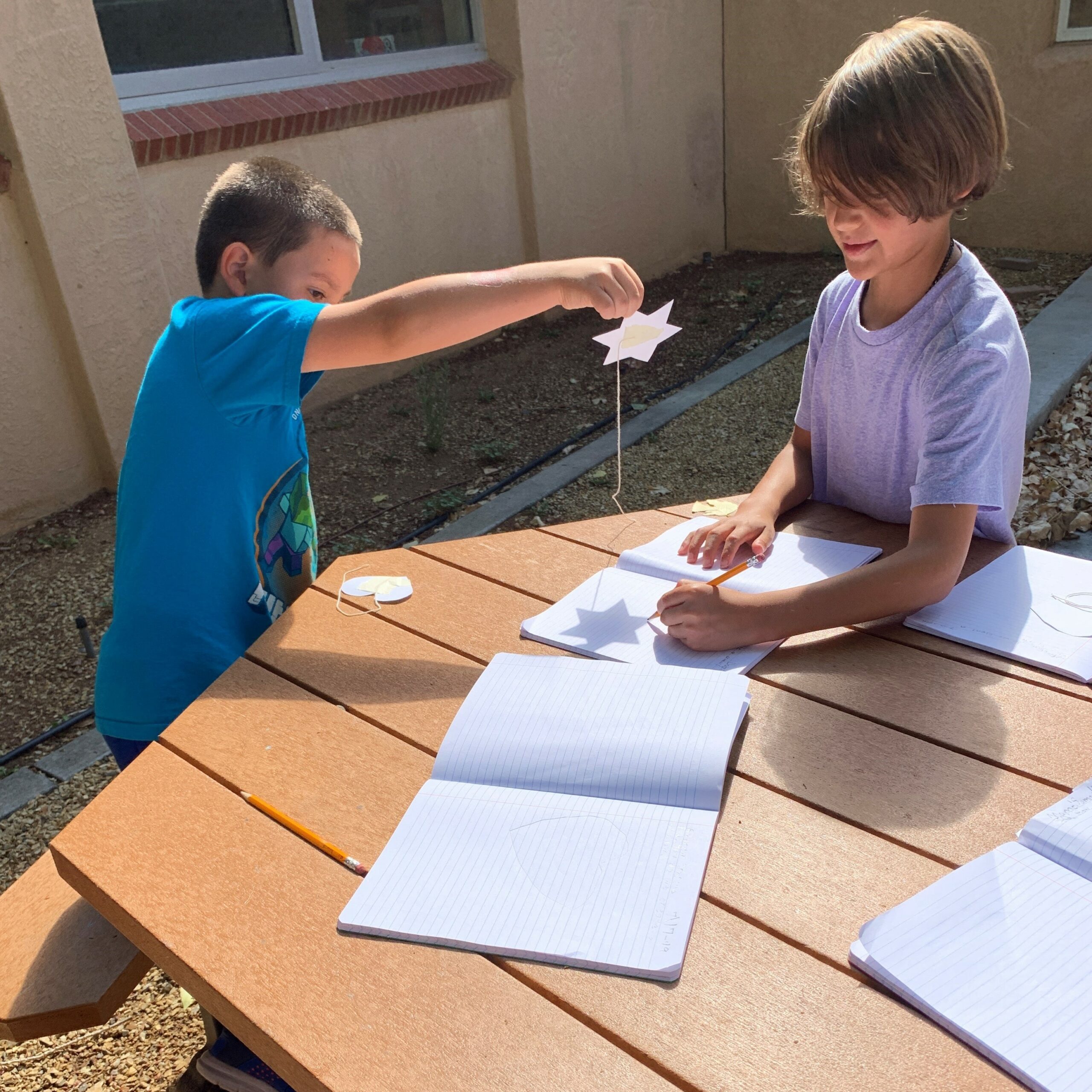
As the day draws to a close, sitting on blankets and looking up at the night sky invites the whole family to a delightful show of twinkling stars, constellations, the moon and its phases, and planets, depending on the season. Having a purpose to search the sky with specific challenges motivates kids to become engaged. They can take their mapping skills to create images of the night skies. To comprehend the vastness of space, How Much Is a Million? by David M. Schwartz can be helpful to connect large numbers with the topic of stars. There are seven pages of tiny white stars on a grid pattern against a blue sky, adding up to 100,000stars. It is a mind-blowing experience. And don’t forget A Hundred, Million, Billion Stars by Seth Fishman. They are a perfect pair for stargazing with the added math bonus of learning about large numbers.
To explore constellations, Zoo in the Sky: A Book of Animal Constellations by Jacqueline Mitton takes kids to see the Little Bear, the Great Bear, and the Scaly Dragon. Then check out her other book, Once Upon a Starry Night: A Book of Constellations, as well as Star Stories: Constellation Tales From Around the World by Anita Ganeri. The only thing that can add more wonderment to this night is s’mores for the family.
The outdoors offer a well-stocked cupboard of resources that are available in backyards and neighborhoods. By shifting the venue from sitting inside to spending more time outside with enticing activities, kids change. They beg for more, become more confident in expressing their ideas, ask more questions, and are more willing to try new things.
So, what are you waiting for? Sample some of the activities and books shared with you here and add to them. Can we go outside now?
Additional Parent Resources to get your kiddos outdoors having fun
Articles
“Learning Outside is Not Just for Science!” By Judy Reinhartz
Music
Websites
MathAmigos Literacy and Math Resources: mathamigos.org
Coalition for Public Education, Santa Fe: icpesantafe.org/family-toolbox
Art Projects
Flower Painting: Dip a flower into paint, shake off the excess paint onto a sheet of paper, and mount the flower. Sponges will work, too.
Thumbprint the Family Tree: Draw a tree and use a stamp pad to make thumbprint leaves for this genealogical project.
Sidewalk Masterpiece Art: Use a picture mat and hold it up in different directions and draw what is in the frame or write nice messages on neighbors’ driveways.
Be a Photographer: Use a phone camera to capture different types of wildlife.
Water Play
Salt Water Exploration: Change it up by adding salt to water play and see what happens.
Giant Bubbles: The magic potion for an incredible display. See bit.ly/3bz00WK for recipes.
Water Balloon Piñatas: Fill balloons with water, tie them up, and string them between two trees or along a clothesline. Kids take turns striking them with a stick.
Balloon Play Dodge Ball: Fill balloons with water and let the games begin. Be sure not to aim at people’s faces.
Activities
Geocaching: These treasure-hunting games use GPS coordinates to find the hidden geocache. Add a time limit for an additional challenge. For a beginner’s guide, see geocaching.com/sites/education/en.
Let’s Build: Some ideas for projects include making a family fort; creating birdhouses; decorating kites and flying them; setting up obstacle course for running, throwing balls, pulling, pushing, and lifting things; installing a play area cordoned off with rocks and stones; making binoculars from toilet paper rolls; and designing a mini water cycle terrarium in recycled plastic takeout containers or in a plastic bag taped to the window.
Games: Try an outdoor round of Red Light Green Light, Charades, I’m Thinking Of___?, Flashlight Tag, Follow the Leader, or Simon Says.
Outdoor Scavenger Hunt: REI has a PDF list available at bit.ly/3bwsbpi.
Books
A Box Story by Kenneth Kit Lamug
A Seed is Sleepy by Dianna Hutts
As the Crow Flies: A First Book of Maps by Gail Hartman
A Stick Is an Excellent Thing: Poems Celebrating Outdoor Play collected by Marilyn Singer
Backyard Bird Watching by George H. Harrison and Kit Harrison
Beautiful Oops! by Barney Saltzberg
Daniel Finds a Poem by Micha Archer.
My Friends by Taro Gomi
On a Magical Do-Nothing Day by Beatrice Alemanga
Oscar and the Cricket: A Book about Moving and Rolling by Geoff Waring
Owl Moon by Jane Yolen
Outside In by Deborah Underwood
Painting a Rainbow by Lois Ehlert
Run Wild by David Covell
Sidewalk Flowers by JonArno Lawson
Summer Days and Nights by Wong Herbert Yee
The Most Magnificent Thing by Ashley Spires
The Great Kapok Tree by Lynne Cherry
The Icky Bug Alphabet Book by Jerry Pallotta
The Listening Walk by Paul Showers
The Street Beneath My Feet by Charlotte Guillain
Tree: A Peek-Through Picture Book by Patricia Hegarty
Water Dance by Thomas Locker
Water Is Water: A Book About the Water Cycle by Miranda Paul
We’re Going on a Bear Hunt by Michael Rosen
